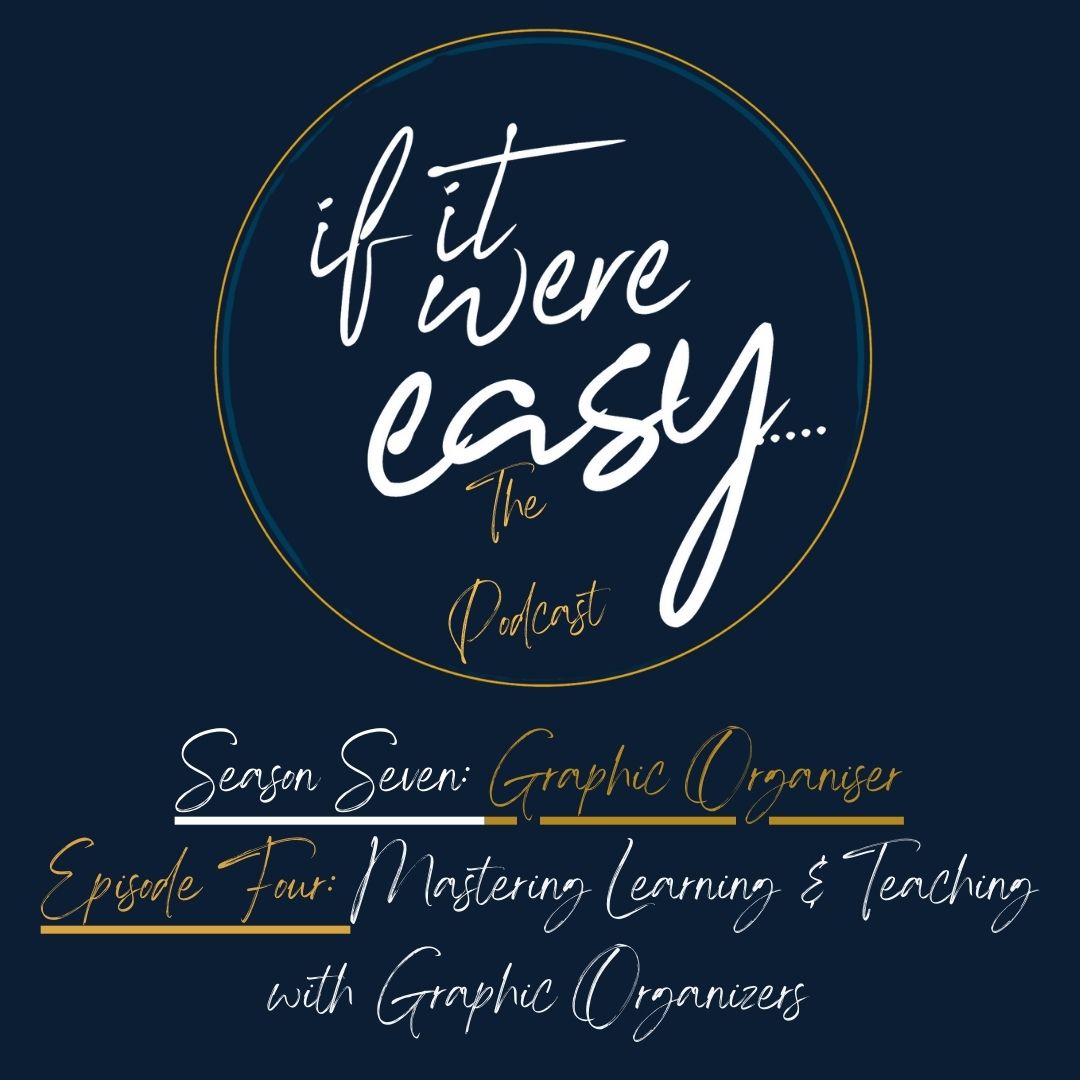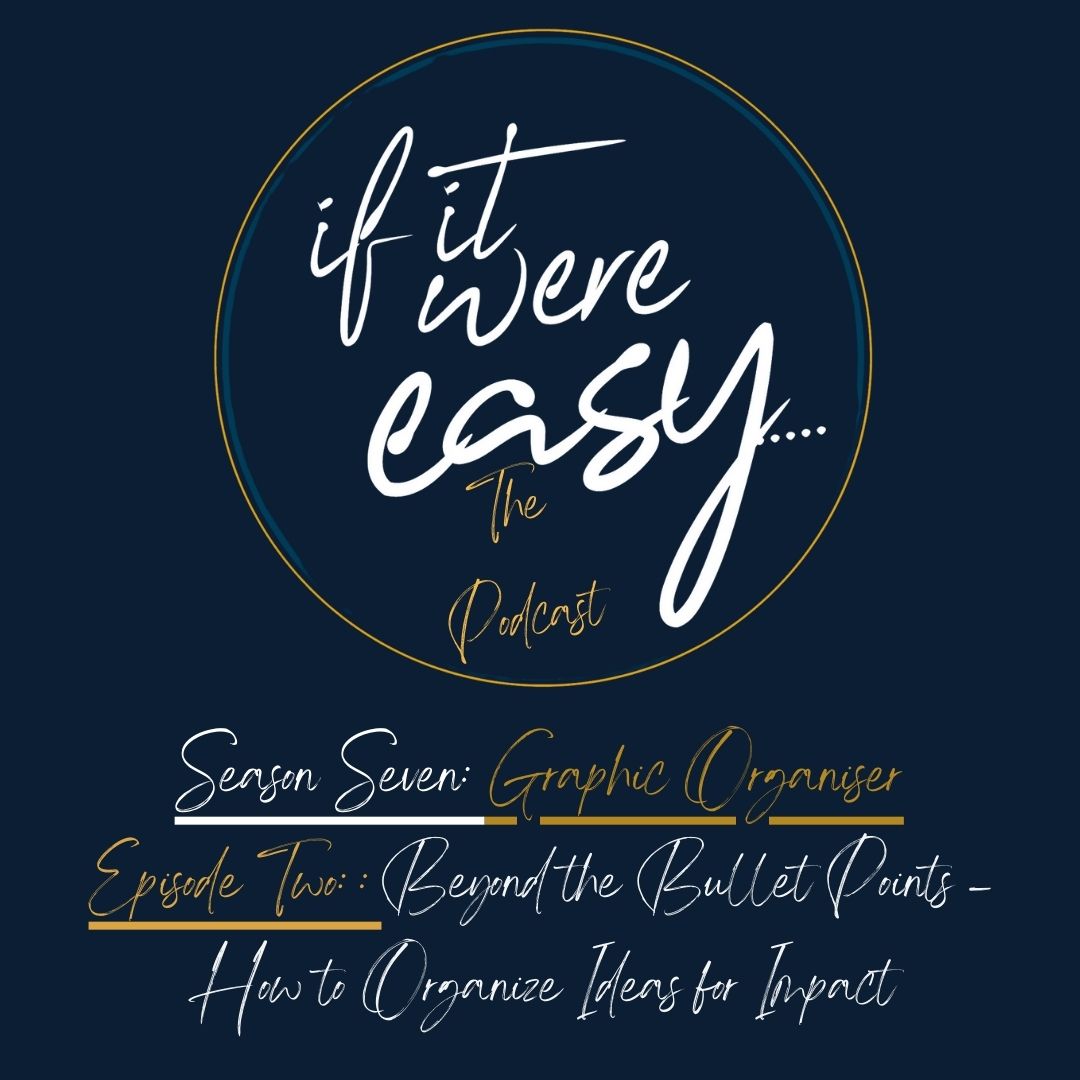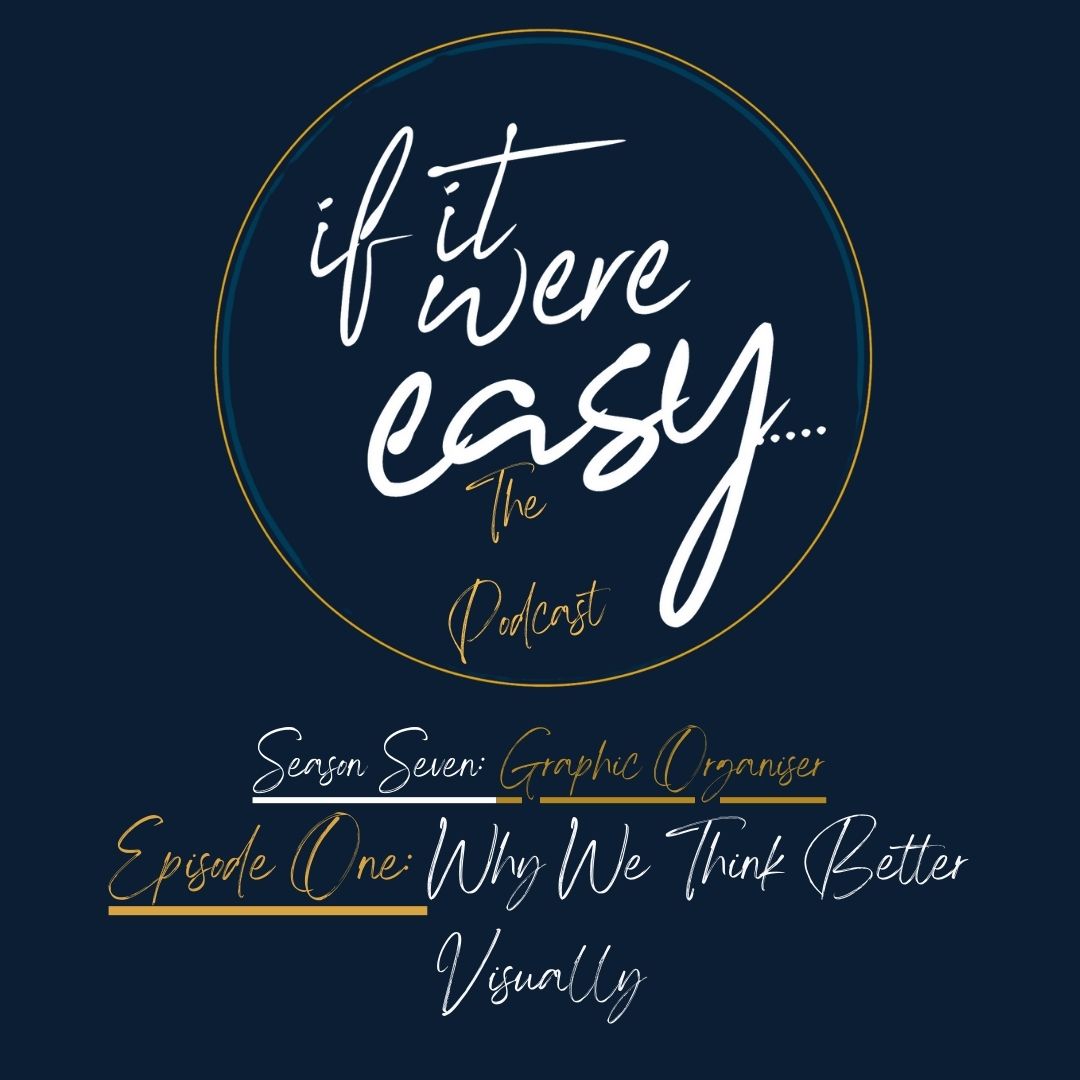Episode 4
Episode Overview
In this episode of If It Were Easy, host Dawn Taylor focuses on one of the most critical skills educators can teach—problem-solving and decision-making. While students often focus on memorization, the ability to analyze situations, evaluate solutions, and justify decisions is essential for real-world success.
Many students struggle with structured thinking when facing problems. Instead of carefully breaking down an issue, they often rush to solutions without considering multiple perspectives or root causes. This episode explores how graphic organizers—including Cause & Effect Diagrams, Decision Trees, and T-Charts—can help students approach problems systematically, leading to more effective solutions and stronger reasoning skills.
By the end of this episode, educators will have practical strategies to implement these tools in the classroom, supporting students in developing critical thinking, structured problem-solving, and logical decision-making skills.
Key Topics Covered in This Episode
- Why students struggle with structured problem-solving
- How Cause & Effect Diagrams, Decision Trees, and T-Charts help students analyze and solve problems
- The benefits of visualizing problems and solutions
- How educators can integrate these strategies into various subjects
Key Takeaways
Cause & Effect Diagrams – Finding the Root of a Problem
Many students focus on symptoms rather than causes when addressing a challenge. Cause & Effect Diagrams (also called Fishbone Diagrams) help break down issues into their contributing factors, leading to more effective and lasting solutions.
Examples:
- Science: Analyzing why an experiment had unexpected results
- History: Understanding the causes of historical events
- Classroom Management: Exploring reasons behind student engagement or performance issues
Decision Trees – Evaluating Choices and Consequences
Decision Trees help students weigh multiple options before making an informed choice. They allow for logical reasoning and consequence prediction, reducing impulsive decision-making.
Examples:
- Career Planning: Choosing between college, vocational school, or a gap year
- Ethical Dilemmas: Evaluating moral choices in philosophy or literature discussions
- Business Studies: Comparing business strategies and financial investments
T-Charts – Comparing Solutions Side by Side
T-Charts provide a clear framework for listing advantages and disadvantages, allowing students to analyze, compare, and contrast solutions before making a decision.
Examples:
- English: Comparing two literary characters’ decisions
- Debates: Structuring arguments for and against a topic
- Mathematics: Evaluating different problem-solving strategies
Applying These Tools in Teaching and Learning
For Educators:
Teachers can integrate graphic organizers into problem-based learning, helping students analyze concepts critically and justify their reasoning rather than memorizing information.
For Students:
Students benefit from using these tools to organize their thoughts, explore multiple perspectives, and improve problem-solving skills across subjects.
For Classroom Engagement:
Structured problem-solving strategies can be implemented in group work, independent research, and formative assessments to encourage deep learning and analytical thinking.
Challenge of the Week
Try It Yourself:
Choose a real-world problem or decision your students are facing and use a Cause & Effect Diagram, Decision Tree, or T-Chart to break it down.
Reflection Question:
Did this approach help students clarify their thinking and identify stronger solutions? How did structuring the problem visually




